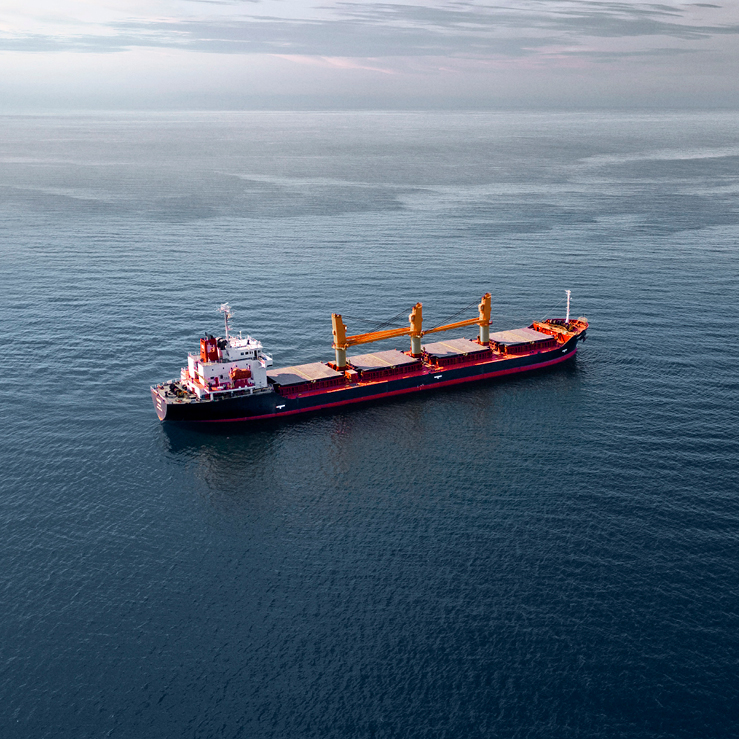Singapore
The Asian LSFO market is expected to see some upside this week supported by tightening near-term supplies and anticipated stronger bunker demand. Recently unviable arbitrage economics have been limiting inflows from the West. A strengthening in bunker demand is expected ahead of the Lunar New Year holidays in late January.
The Asian HSFO market is expected to remain partially supported by steady bunker demand, although upstream valuations are under pressure due to abundant regional supplies, driven by significant volumes from Russia and the Middle East.
The Asian LSMGO market is expected to weaken over the week, with supply tenders expected to emerge from South Korea in the spot market.
ARA
Seeing increased demand after the slower Christmas and New Year period. Gasoil and VLSFO are particularly in demand and seeing more requests for specific gasoil winter specs. In general avails and loading are both at good points. Seeing slightly more backwardation on gasoil and 0.5, allows us to look into more smart trading concepts on spot enquiries.
Fujairah
Seasonal poor weather appears to be clearing and good outcast for the coming week. Tightness in some barge avails means prompt supplies come at a premium if possible to deliver. Market demand remains steady with the outlook maintaining the same in the coming week ahead.
New York
Demand from the liner segment to USEC is still very heavy related to the potential longshoremen strike which has been averted. We anticipate some "normalcy" to resume with regards to liner terminal terminals and heavy fuel lifting.
Houston
Avails remain tight across all grades as resupply replenishes from the 2024 end.
Heavy congestion at loading terminals. Some bunker barges wait several days to load after tendering NOR.
Weather conditions relating to dense fog and high winds continue to impact bunking operations in Houston Area. The Port has experienced intermittent channel closures, especially overnight and early AM hours. These conditions are common for this time of year and should be anticipated when booking bunkers for the Houston area.
Gibraltar
One supplier has a bit of backlog due to weather this week.
For port availability and demand, download the full report here.









